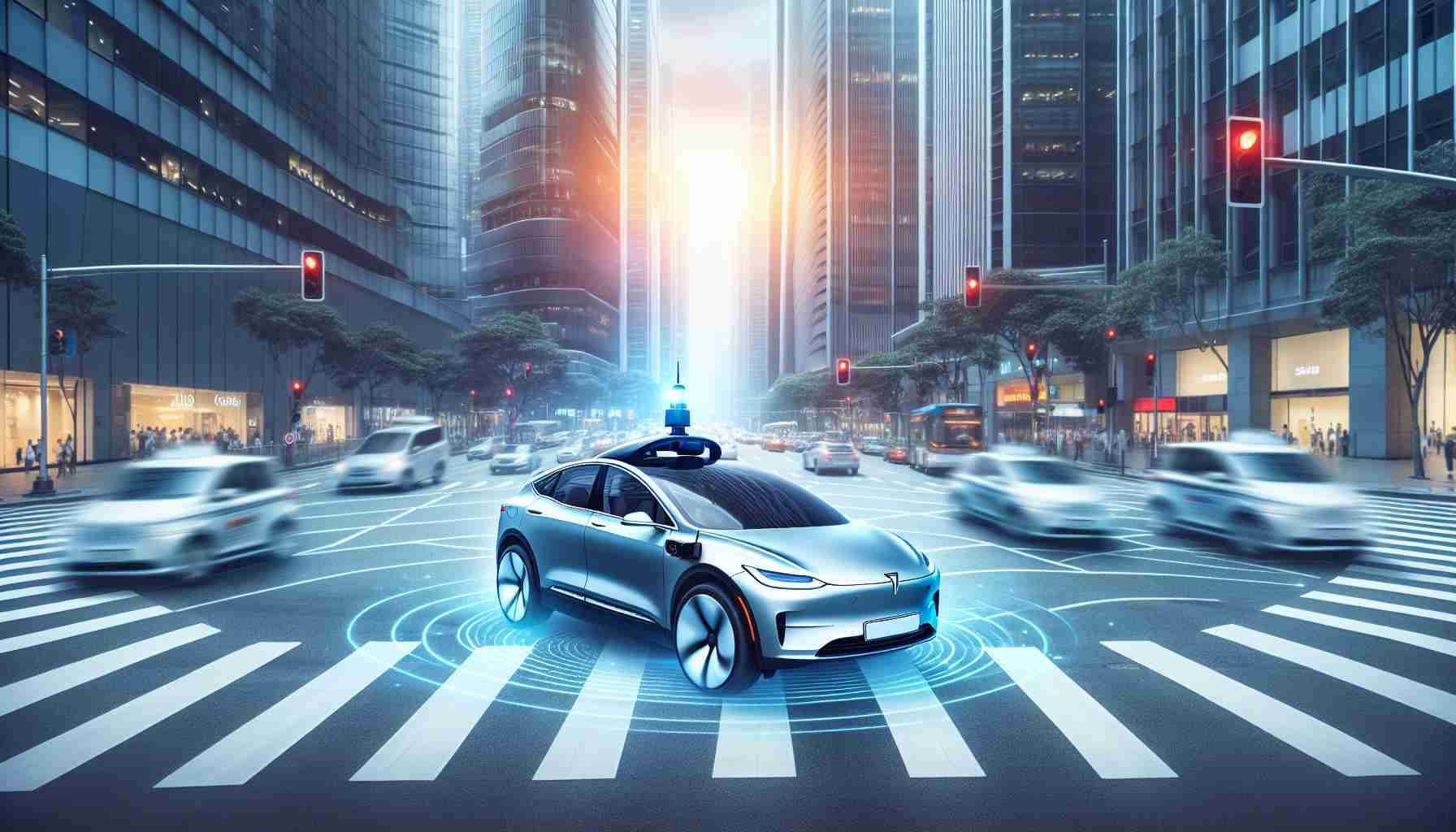Tesla has made significant strides in the field of autonomous driving with the highly anticipated release of its Full Self-Driving (FSD) Beta v12 update. This update, which is now being rolled out to customers, marks a pivotal shift in Tesla’s approach to self-driving technology.
Unlike previous versions, the v12.1.2 software incorporates “end-to-end neural nets”, a revolutionary feature according to CEO Elon Musk. This means that instead of relying on explicit programming, the vehicle controls are now primarily governed by artificial intelligence (AI) through a comprehensive neural network. This transition not only enhances the vehicle’s vision system but also its behavioral responses, paving the way for a more advanced and autonomous driving experience.
Gone are the days of pre-coded vehicle reactions for specific scenarios. The FSD Beta v12 replaces over 300,000 lines of explicit C++ code with a neural network that has been trained on millions of video clips. By leveraging this vast amount of data, Tesla has elevated its self-driving capabilities to new heights.
To provide a glimpse of the FSD Beta v12 in action, a 30-minute test drive video on YouTube by Whole Mars Catalog showcases the impressive advancements made by Tesla’s autonomous technology.
While initially tested within Tesla’s internal fleet, the FSD v12 update is now being distributed to early FSD Beta testers. Despite prior suggestions from Elon Musk that the ‘beta’ tag would be dropped, the release notes for the update still refer to it as ‘beta’. This decision may indicate Tesla’s commitment to continuous improvement and refinement of its autonomous driving software.
As Tesla continues to push the boundaries of self-driving technology, the FSD Beta v12 update signifies a major step forward in unlocking the true potential of autonomous vehicles. With its integration of end-to-end neural nets, Tesla is leading the charge in revolutionizing the way we perceive and experience transportation.
FAQ:
1. What is the significance of Tesla’s Full Self-Driving (FSD) Beta v12 update?
The FSD Beta v12 update represents a pivotal shift in Tesla’s approach to self-driving technology. It incorporates “end-to-end neural nets”, which enable the vehicle controls to be primarily governed by artificial intelligence (AI) through a comprehensive neural network. This update enhances the vehicle’s vision system and behavioral responses, providing a more advanced and autonomous driving experience.
2. How does the FSD Beta v12 update improve Tesla’s self-driving capabilities?
The FSD Beta v12 update replaces over 300,000 lines of explicit C++ code with a neural network trained on millions of video clips. By leveraging this vast amount of data, Tesla has significantly enhanced its self-driving capabilities, moving away from pre-coded reactions for specific scenarios.
3. What is the ‘beta’ tag associated with the FSD Beta v12 update?
Despite prior suggestions that the ‘beta’ tag would be dropped, the release notes for the FSD Beta v12 update still refer to it as ‘beta’. This decision may indicate Tesla’s commitment to continuous improvement and refinement of its autonomous driving software.
4. How can I see the FSD Beta v12 in action?
To watch a demonstration of the FSD Beta v12 update, you can view a 30-minute test drive video on YouTube by Whole Mars Catalog. The video showcases the impressive advancements made by Tesla’s autonomous technology.
Definitions:
1. Full Self-Driving (FSD): Refers to Tesla’s autonomous driving technology that aims to enable vehicles to navigate and operate without human intervention.
2. Neural nets: A neural network composed of interconnected artificial neurons designed to mimic the functioning of the human brain, used in this context to enhance autonomous driving capabilities.
3. Artificial intelligence (AI): The simulation of human intelligence processes by machines, typically through the development of computer systems capable of performing tasks that would typically require human intelligence.
4. C++ code: A programming language (C++) used to develop software applications, in this case, referring to explicit programming instructions for Tesla’s autonomous technology.
Suggested Related Links:
tesla.com/self-driving (Tesla’s official page on self-driving technology)
The source of the article is from the blog klikeri.rs

